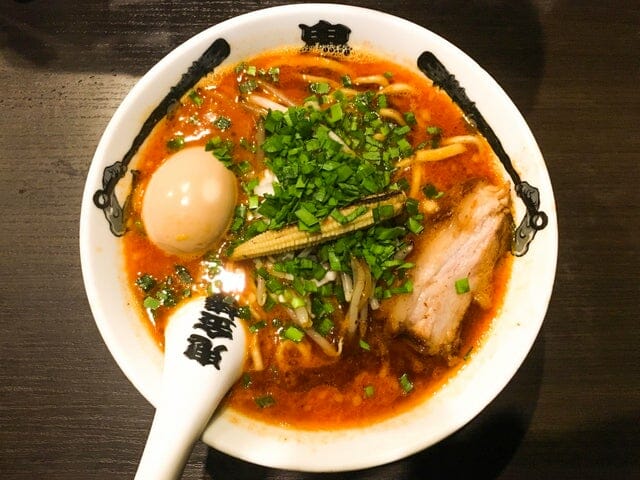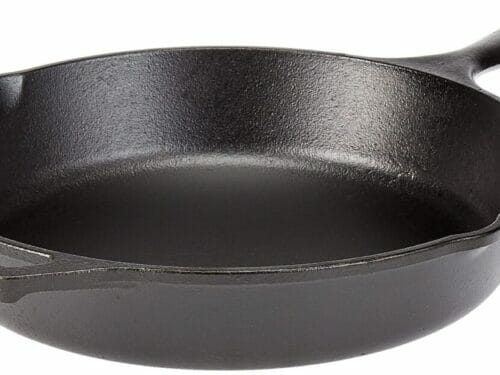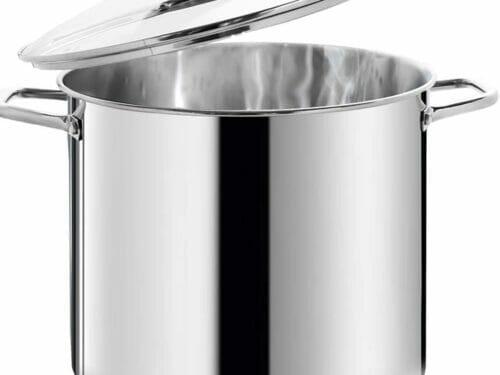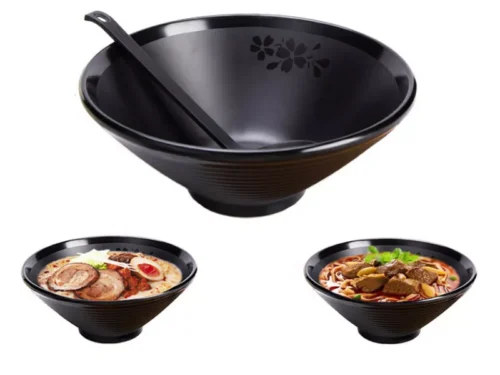
Karashibi Spicy Miso Ramen
Kikanbo, a famous ramen shop in Tokyo, blends two kinds of spices together for their spicy miso ramen. Kara is a variation of karai, a Japanese word meaning “spicy.” And Shibi comes from shibireru, a word that means “numbing.” The numbing comes from sansho, a kind of Szechuan peppercorn. It is a very bitter spice that lingers on the tongue. Within moments, it has an almost numbing effect. Suffice to say, be careful with this stuff! You can find sansho at Asian grocery stores and online. It comes in whole peppercorns, and can be ground in a pepper mill or spice grinder.
Print
Pin Recipe
Servings: 4 bowls
Calories: 697kcal
Add to Collection
Ingredients
- 1 cup bean sprouts
- 1 cup cabbage chopped
- 4 tablespoons Chile Oil
- ¾ cup Basic Miso Tare
- ¼ cup ground sansho Szechuan peppercorn, plus 4 teaspoons for topping
- 5 cups any type clear soup
- 1⅓ pounds noodles fresh, such as Chukasuimen
- 1 cup Niku Soboro
- Negi
Instructions
- Bring a medium saucepan of water to a boil over medium-high heat. Blanch the bean sprouts in the boiling water for 20 seconds. Remove the bean sprouts with a slotted spoon or tongs and set aside with the rest of the toppings.
- Return the same pan of water to a boil. Blanch the cabbage in the boiling water for 30 seconds. Drain and set aside with the other toppings.
- With all your ingredients ready to go, bring a large pot of water to a boil over medium-high heat.
- Heat your ramen bowls by filling them halfway with hot water. The bowls don’t need to be scalding, but they should be hot to the touch. Dump out the hot water and dry the bowls with some paper towels or a clean towel.
- Put 1 tablespoon of chile oil in each ramen bowl.
- Put the miso tare, sansho pepper, and soup in a medium saucepan. Mix and bring to a simmer over low heat.
- Cook the noodles in the large pot of boiling water. Ramen that has been cut to a standard thickness (about 1 mm) will cook in 1 to 2 minutes.
- About 30 seconds before the noodles are finished cooking, ladle the soup into the ramen bowls.
- Drain the noodles, taking care to shake off as much excess water as you can. Carefully place some noodles in each bowl of soup, keeping them tidy.
- Place ¼ cup each of niku soboro, bean sprouts, and cabbage plus a sprinkle of negi neatly on the ramen. Top each bowl with 1 teaspoon of ground sansho. Serve immediately.
Video
Notes
Sansho affects the taste buds in a strange way: Water will taste slightly metallic after eating a bit of the stuff. With this in mind, don’t serve anything with delicate flavors after eating too much sansho.
Nutrition
Serving: 1bowl | Calories: 697kcal | Carbohydrates: 115g | Protein: 21g | Fat: 16g | Saturated Fat: 2g | Polyunsaturated Fat: 2g | Monounsaturated Fat: 10g | Sodium: 14mg | Potassium: 406mg | Fiber: 6g | Sugar: 6g | Vitamin A: 23IU | Vitamin C: 10mg | Calcium: 42mg | Iron: 2mg
© Food And Meal
This website provides approximate nutrition information for convenience and as a courtesy only. Nutrition data is gathered primarily from the Spoonacular Database, whenever available, or otherwise other online calculators.



